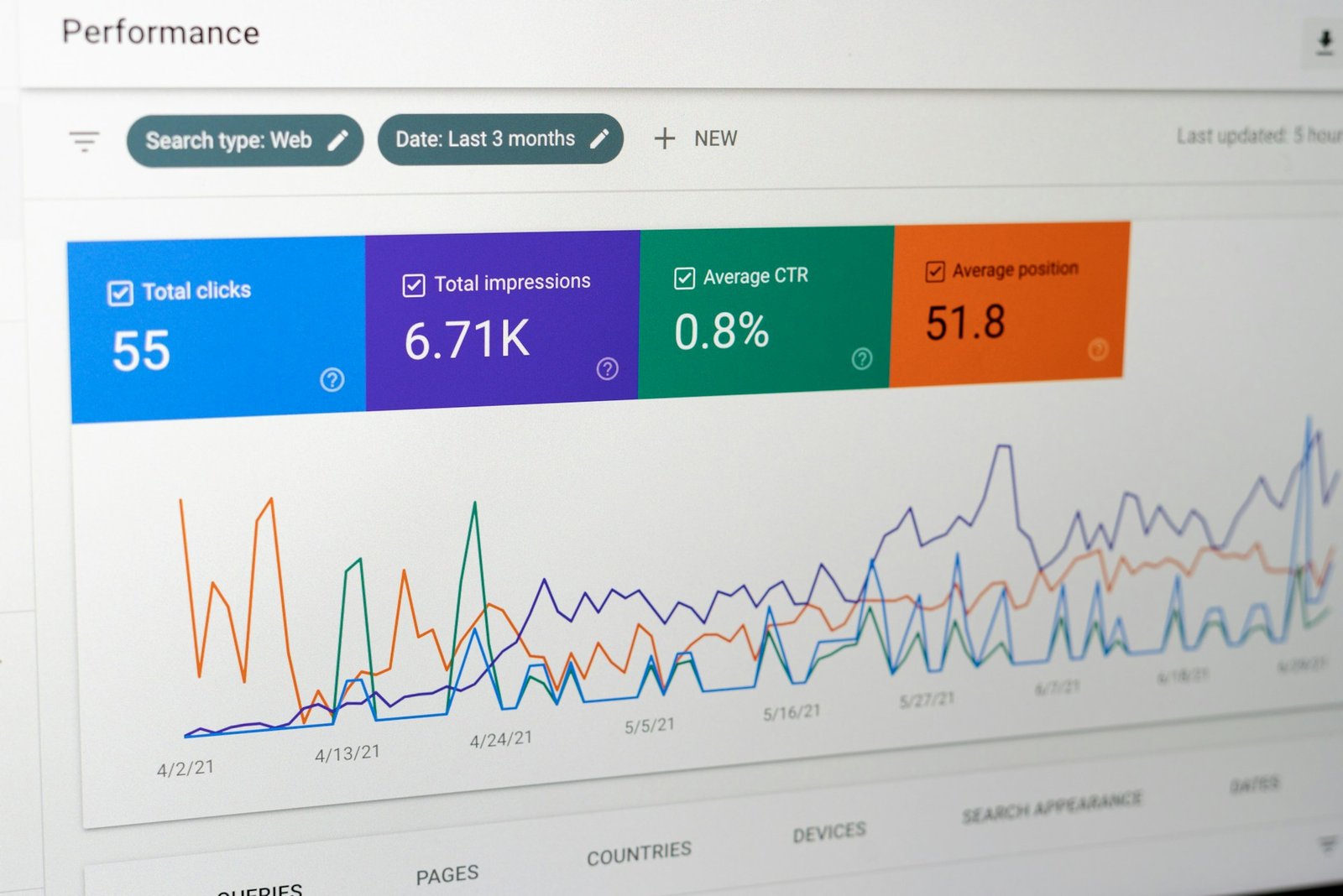What is UGC (User Generated Content) and how to use it?
UGC, or User Generated Content, is a valuable asset for any brand. It refers to content – whether it’s videos, text, images (like memes), reviews, or podcasts – that’s created by your audience, rather than by the brand itself. But why should you even care about UGC? Let’s dive into the reasons.
Why is UGC important?
User Generated Content (UGC) is a multifaceted asset that holds tremendous potential for brands across various dimensions. Its impact extends beyond mere engagement to encompass authenticity, reach, cost-effectiveness, and community building. Let’s explore each facet in more detail:
Authenticity is the cornerstone of User Generated Content. Unlike branded content, which may come across as promotional or biased, UGC emanates directly from the voices of real users. This authenticity resonates deeply with other consumers, instilling trust in the brand and its offerings. When individuals share their genuine experiences, opinions, and creativity, it creates an emotional connection that transcends traditional marketing tactics.
Engagement is another crucial aspect of UGC. By encouraging users to contribute content, brands transform passive consumers into active participants in the brand narrative. This heightened level of engagement fosters a sense of ownership and belonging among the audience, leading to stronger connections and a more vibrant community around the brand.
Social proof is a powerful driver of consumer behavior, and UGC serves as compelling evidence of a brand’s value proposition. When potential customers see real people using and endorsing a product or service, it validates the brand in their eyes. Positive UGC acts as a form of endorsement, influencing purchasing decisions and bolstering credibility.
The reach and awareness generated by UGC are unparalleled. When users share their content on social media or other platforms, it exposes the brand to their networks, extending its reach far beyond traditional marketing channels. This organic amplification not only increases brand visibility but also fosters brand advocacy among existing customers.
Cost-effectiveness is another significant advantage of UGC. While creating high-quality branded content can be expensive and time-consuming, User Generated Content is often freely contributed by the audience. By leveraging UGC, brands can augment their content strategy without incurring substantial costs, making it an attractive option for resource-constrained marketers.
UGC also brings creativity and diversity to the brand’s content ecosystem. Users may offer unique perspectives, ideas, and experiences that enrich the brand’s narrative and appeal to a broader audience. This diversity of voices adds depth and authenticity to the brand’s storytelling, resonating with consumers across different demographics and segments.
However, leveraging UGC requires brands to exercise responsibility and diligence. Obtaining proper permissions, providing credit to content creators, and ensuring compliance with copyright laws are essential considerations when sharing user-generated content. Failure to adhere to these guidelines can result in legal repercussions and reputational damage.
Encouraging UGC requires a strategic approach. Brands can incentivize user participation through rewards such as discounts, giveaways, or exclusive access to brand events or content. By aligning incentives with brand values and objectives, brands can motivate users to create content that authentically reflects their experiences and sentiments.
Paid UGC is another avenue for brands to explore, albeit with caution. While compensating creators for their contributions can yield high-quality content, brands must tread carefully to maintain authenticity and transparency. Disclosing paid partnerships and ensuring that content aligns with brand values are essential safeguards against potential backlash.
Integrating UGC into the overall marketing strategy requires creativity and innovation. Rather than simply reposting user-generated content on social media, brands should explore novel ways to incorporate User Generated Content into campaigns, initiatives, and brand experiences. Whether through interactive user-generated contests, curated UGC galleries, or collaborative content creation projects, brands can leverage User Generated Content to enrich the brand narrative and deepen engagement with the audience.
Accessibility and sharing are critical considerations for maximizing UGC participation. Brands should make it easy for users to create and share content by providing user-friendly tools, clear instructions, and seamless integration with social media platforms. Unique hashtags, campaign identifiers, and branded content submission portals can streamline the process of collecting and curating UGC, ensuring that it remains accessible and discoverable to a broader audience.
Examples of User Generated Content
User Generated Content (UGC) is everywhere, and it’s not just for businesses. Let’s take a closer look at some examples where User Generated Content has made a big impact:
- GoPro: The GoPro YouTube channel is a prime example of how UGC can drive a brand’s success. People from all walks of life use GoPro cameras to capture their adventures, whether it’s surfing, skydiving, or simply exploring their local hiking trails. GoPro harnesses this user-generated content to showcase the incredible experiences that their cameras can capture. By featuring real-life footage from their customers, GoPro not only promotes their brand but also inspires others to get out and live life to the fullest.
- Stranger Things on Netflix: Netflix is no stranger to the power of UGC. With hit shows like Stranger Things, the streaming giant has tapped into the creativity of its fan base to generate buzz around its content. Netflix encourages fans to create User Generated Content inspired by the show, whether it’s fan art, cosplay, or even fan theories. This grassroots movement has helped fuel anticipation for new seasons and keeps the conversation around the show alive long after the credits roll.
- ALS Ice Bucket Challenge: The ALS Ice Bucket Challenge took social media by storm, raising awareness and funds for amyotrophic lateral sclerosis (ALS), also known as Lou Gehrig’s disease. The premise was simple: participants were challenged to dump a bucket of ice water over their heads and then nominate others to do the same. Celebrities, influencers, and everyday people alike embraced the challenge, sharing videos of their icy drenchings on social media. The viral campaign not only raised over $220 million for ALS organizations but also sparked conversations about the disease and inspired millions to get involved in charitable causes.
These examples demonstrate the diverse ways in which UGC can be leveraged to achieve different goals, whether it’s promoting a brand, building hype around a TV show, or driving social change. In each case, UGC harnesses the power of community and creativity to make a meaningful impact in the digital world.
In summary, UGC is a valuable resource for brands looking to build authenticity, engagement, and trust with their audience. By embracing and leveraging UGC, you can amplify your marketing efforts, reach new audiences, and create a more vibrant and connected community around your brand.




